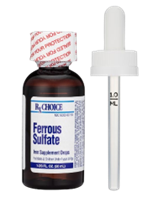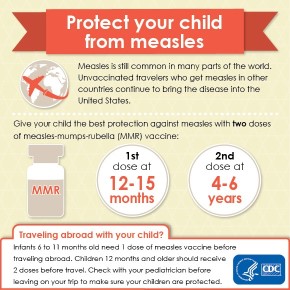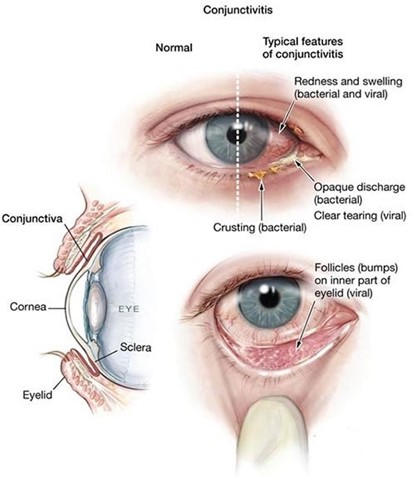The nurse observes a mother giving her 11-month-old ferrous sulfate (iron drops), followed by 2 ounces (60 mL) of orange juice. What should the nurse do next?
Suggest placing the iron drops in the orange juice and then feeding the infant.
Give the mother positive feedback about the way she administered the medication.
Instruct the mother to feed the infant nothing for 30 minutes after giving the iron drops.
Tell the mother to follow the iron drops with infant formula instead of orange juice.
The Correct Answer is B
The nurse should give the mother positive feedback about the way she administered the medication. Giving the infant orange juice after administering the iron drops is a good practice because vitamin C in the orange juice can enhance the absorption of iron. The other options (A, C, and D) are not appropriate actions for the nurse to take in this situation.

Nursing Test Bank
Naxlex Comprehensive Predictor Exams
Related Questions
Correct Answer is B
Explanation
The American Academy of Pediatrics (AAP) and the Centers for Disease Control and Prevention (CDC) recommend that the first dose of MMR vaccine be given at 12-15 months of age.
A. 6 months is too early for the MMR vaccine.
D. 2 months is also too early for the MMR vaccine.
C. 24 months is slightly beyond the recommended range for the first dose of MMR vaccine, which is given between 12-15 months of age.

Correct Answer is B
Explanation
When using an ophthalmic anti-infective ointment, it is important to prepare the child for blurry vision after ointment application. This is because the ointment can temporarily blur vision after application. It is important to follow the instructions on the medication label and continue using the ointment for the full course of treatment, even if symptoms improve before then ¹.

Whether you are a student looking to ace your exams or a practicing nurse seeking to enhance your expertise , our nursing education contents will empower you with the confidence and competence to make a difference in the lives of patients and become a respected leader in the healthcare field.
Visit Naxlex, invest in your future and unlock endless possibilities with our unparalleled nursing education contents today
Report Wrong Answer on the Current Question
Do you disagree with the answer? If yes, what is your expected answer? Explain.
Kindly be descriptive with the issue you are facing.
